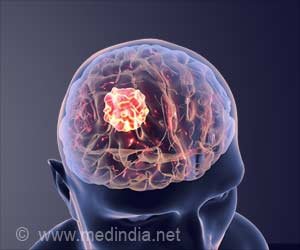Cancer Treatment With 3D Bioprinting Technology

However, a decade ago, repeated treatment failures in human trials emphasized that the 2D model could not accurately capture the actual tumor structure within the body.
This research initiative by the team aimed to address this limitation by developing a 3D model that not only replicates the complexity of a tumor but also simulates its surrounding environment.
Advertisement
The research, which unfolded in the Mathematical Medicine Lab under the guidance of applied mathematics professor Mohammad Kohandel, drew on advancements from various fields, making it one of Canada’s pioneering endeavors in this domain.
Layering Cancer Cells with a Bioprinter
The team initiated the process by constructing polymer “microfluidic chips.” These minuscule structures featured channels that imitated blood flow and other fluids present around a patient’s tumor.
Subsequently, they cultivated multiple types of cancer cells and suspended these cell cultures in their unique bioink formulation – a combination of gelatin, alginate, and essential nutrients designed to sustain the cell cultures.
The final step involved employing an extrusion bioprinter, a device akin to a 3D printer but tailored for organic material. Using this equipment, the team meticulously layered different types of cancer cells onto the prepared microfluidic chips.
The outcome was a vibrant, three-dimensional model of intricate cancers, which scientists could employ to explore various treatment strategies, including various chemotherapy drugs.
Breast Cancer Complexity
Nafiseh Moghimi and her team are particularly intrigued by the idea of creating intricate models of breast cancer. Breast cancer, following skin cancer, stands as the most prevalent cancer diagnosis among women.
The complexity of breast cancer, especially when it metastasizes, poses a considerable treatment challenge. Depending on the cells from just one or two biopsies to accurately represent an entire tumor can result in ineffective treatment plans and unfavorable outcomes.
These 3D-printed tumor models represent a pivotal advancement in the application of new technology to expedite, cost-effective, and less intrusive treatments for severe conditions such as late-stage breast cancer.
Reference :
- New 3D-printed tumour model enables faster, less expensive and less painful cancer treatment – (https:uwaterloo.ca/news/media/new-3d-printed-tumour-model-enables-faster-less-expensive)
Source: Medindia
Source link
#Cancer #Treatment #Bioprinting #Technology



